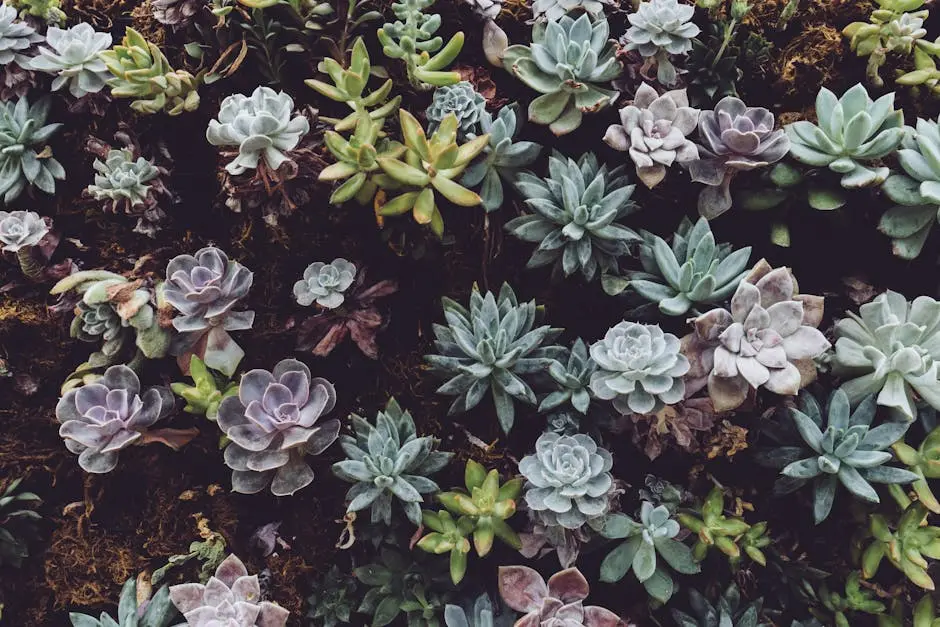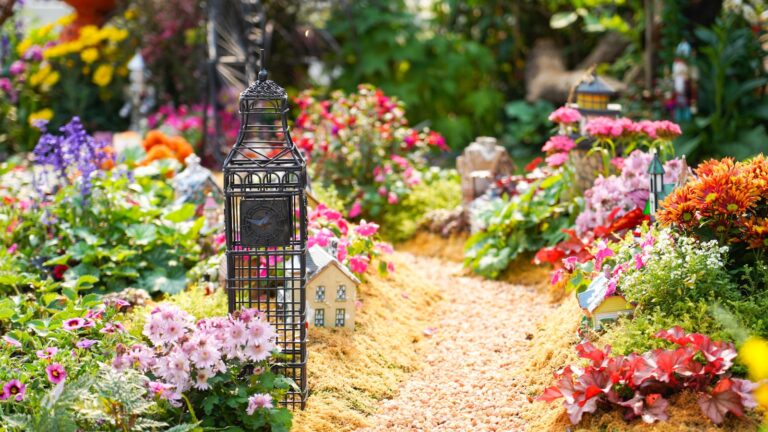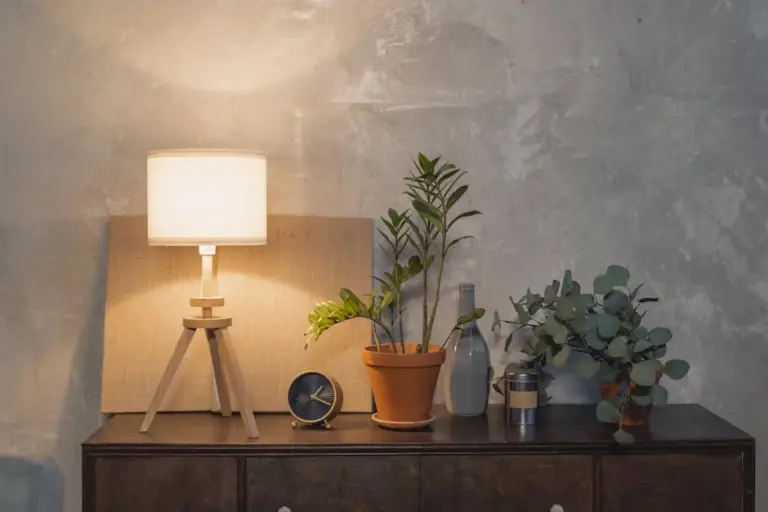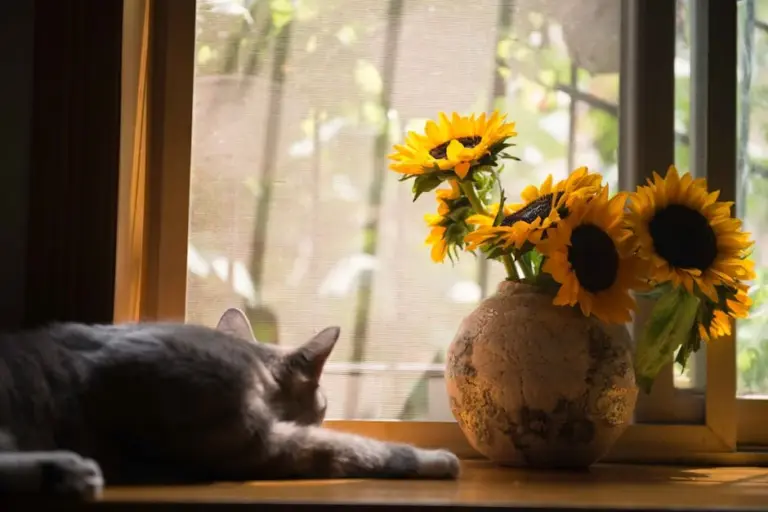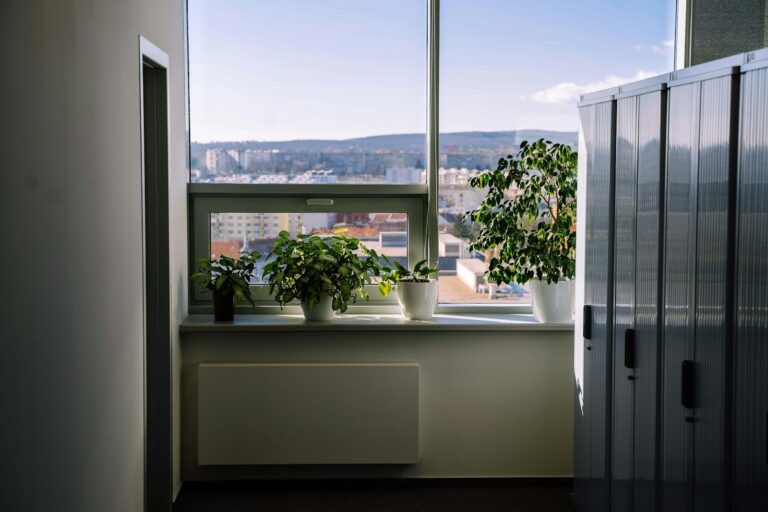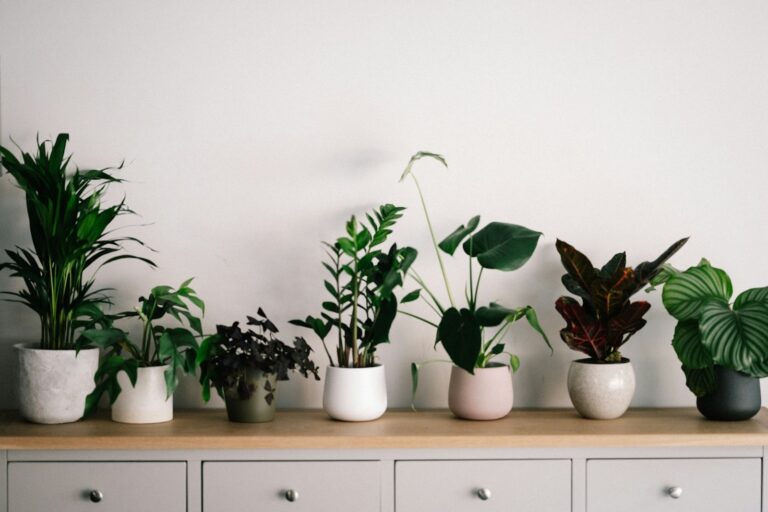The Secret to Thriving Succulents: Care Tips You Need for Lush, Healthy Plants
Succulents are popular plants because they add charm and greenery to any space while being relatively low-maintenance. However, keeping them healthy and thriving involves more than just occasional watering. Understanding what your succulents need can make a big difference in their growth and vitality.
The secret to thriving succulents is providing the right balance of care tailored to their unique needs. Once you know the essentials of their environment and routine, you can enjoy vibrant plants that brighten your home or garden. This article will guide you through the key steps to help your succulents flourish.
Choose well-draining soil like cactus mix to prevent root rot
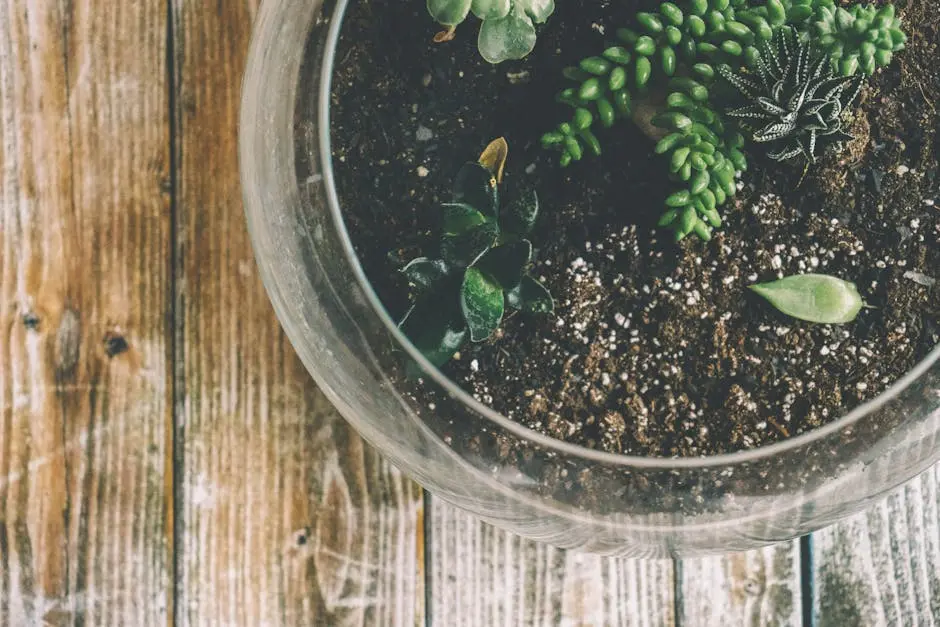
You want to pick soil that drains quickly to keep your succulents healthy. Using a cactus mix is a smart choice because it’s designed to let water pass through easily.
This type of soil usually includes coarse sand, perlite, or gravel. These ingredients help stop water from sitting around the roots and causing rot.
When you use well-draining soil, you give your plants the environment they need to thrive. It keeps the roots dry but still lets them absorb enough moisture to grow strong.
Water succulents deeply but infrequently, allowing soil to dry completely
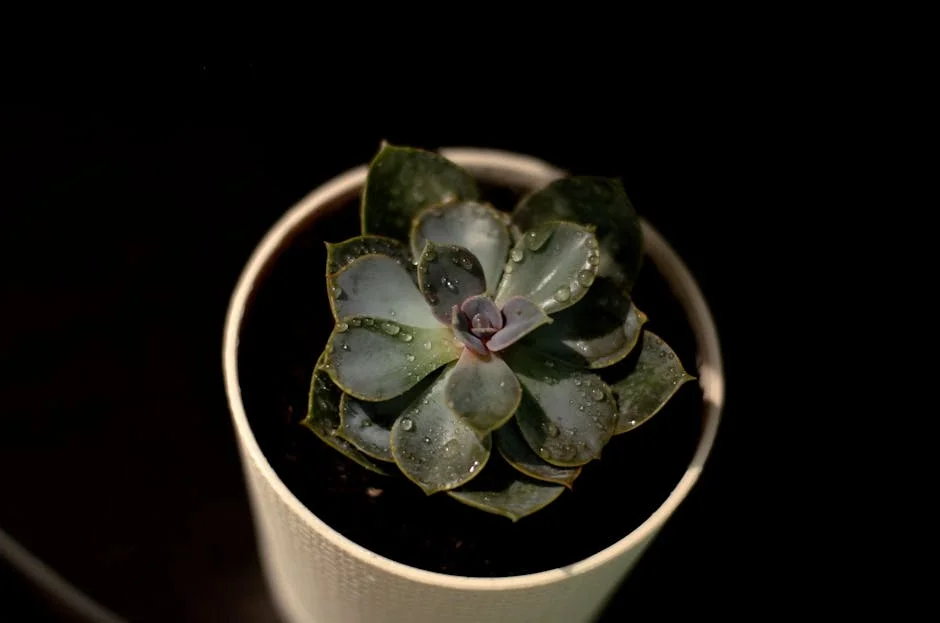
You want to water your succulents thoroughly, making sure the water reaches the roots and drains out of the pot. This helps promote strong root growth and prevents shallow roots.
After watering, let the soil dry out completely before you water again. Succulents store water in their leaves and stems, so they don’t need frequent watering.
Overwatering is the biggest mistake and can cause root rot. By giving your succulents a good soak and then time to dry, you’re mimicking their natural desert environment, helping them thrive year-round.
Place succulents in bright, indirect sunlight for at least 6 hours daily
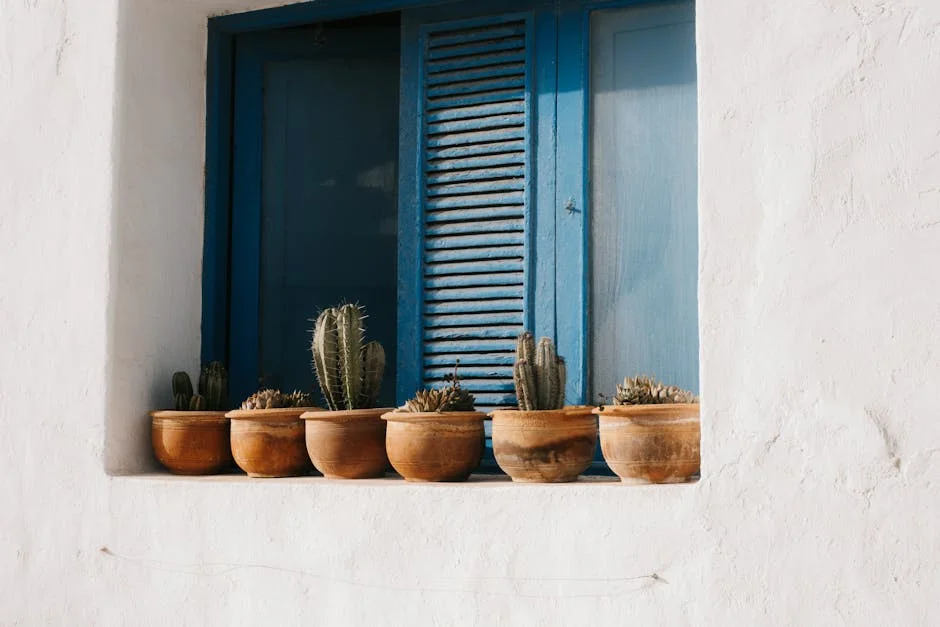
You want to find a spot where your succulents get plenty of light but not harsh direct sun all day. Bright, indirect sunlight for about six hours helps them grow strong without burning their leaves.
A south- or west-facing window usually works well. If natural light is limited, you can use a grow light to fill the gap.
Watch your plants for signs like stretching or faded color. These clues tell you if they need more or less light to stay happy.
Use pots with drainage holes to avoid waterlogging
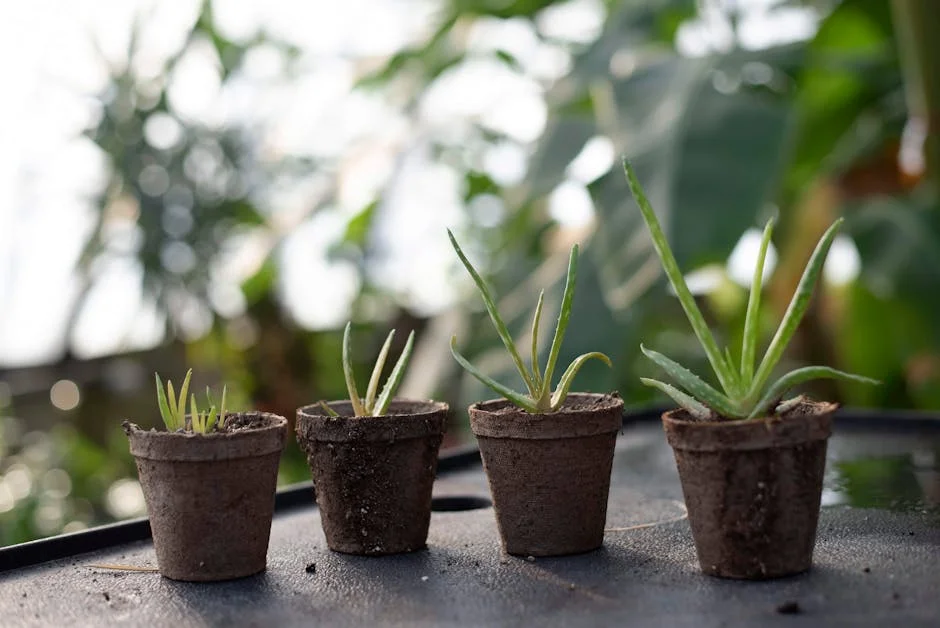
You want to choose pots with drainage holes to help keep your succulents healthy. These holes allow excess water to escape, preventing it from pooling at the bottom.
When water collects, it can cause root rot, which is harmful to your plants. Drainage holes improve soil aeration so the roots get the oxygen they need.
If you don’t use pots with drainage, be very careful with watering. Overwatering can quickly lead to problems. Using the right pot is a simple way to set your succulents up for success.
Fertilize lightly with balanced, diluted succulent fertilizer during growing season
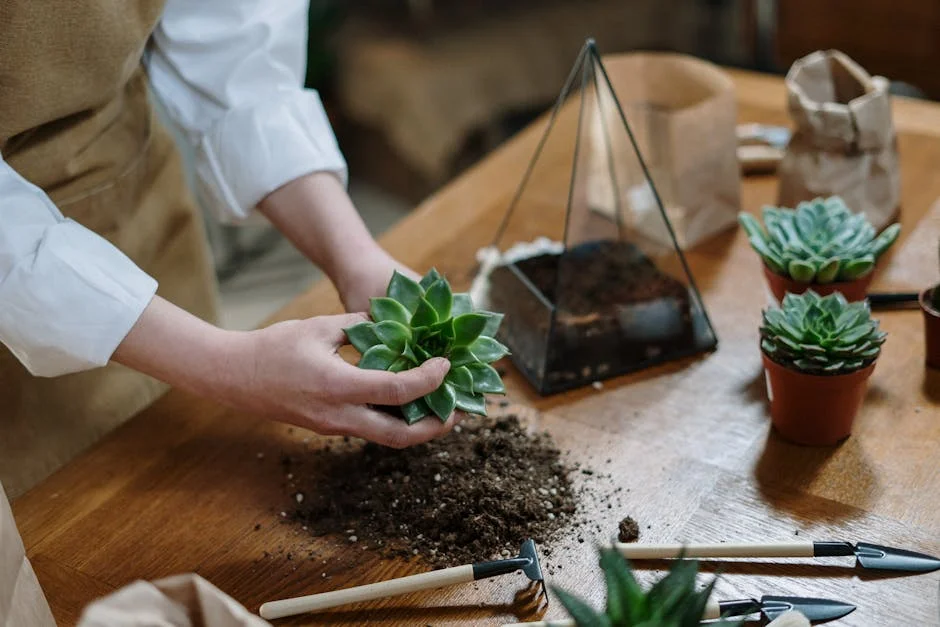
You should fertilize your succulents mainly in the spring and summer when they are actively growing. Use a balanced fertilizer, such as one with equal parts nitrogen, phosphorus, and potassium.
Always dilute the fertilizer to about half the recommended strength. This helps prevent root burn and keeps your plants healthy.
Feed your succulents sparingly—once every 4 to 8 weeks is enough. Over-fertilizing can do more harm than good.
If you prefer, slow-release or organic fertilizers can also be effective, but make sure to avoid fertilizing in fall and winter when growth slows.
Avoid overwatering by checking soil moisture before watering
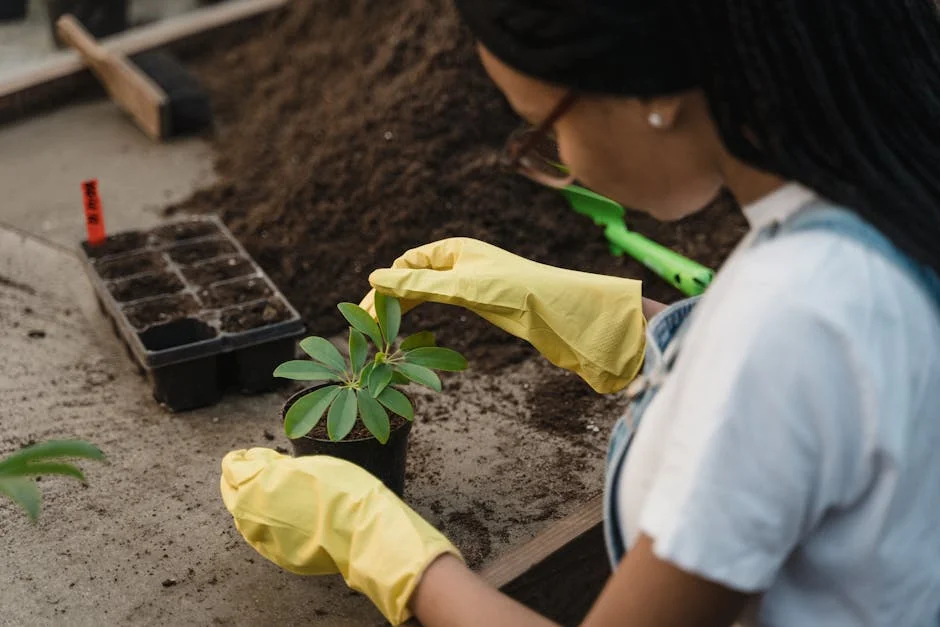
The key to keeping your succulents healthy is letting the soil dry out completely before watering again. You can test this by sticking your finger about an inch into the soil. If it feels dry, it’s time to water.
Using an electronic moisture meter can give you a more precise reading. Water gently with just enough to moisten the soil, usually 1-2 tablespoons.
Remember, overwatering is the most common cause of succulent problems. Check the soil first to avoid giving your plant too much water. Your succulent will thank you!
Rotate plants regularly to ensure even light exposure
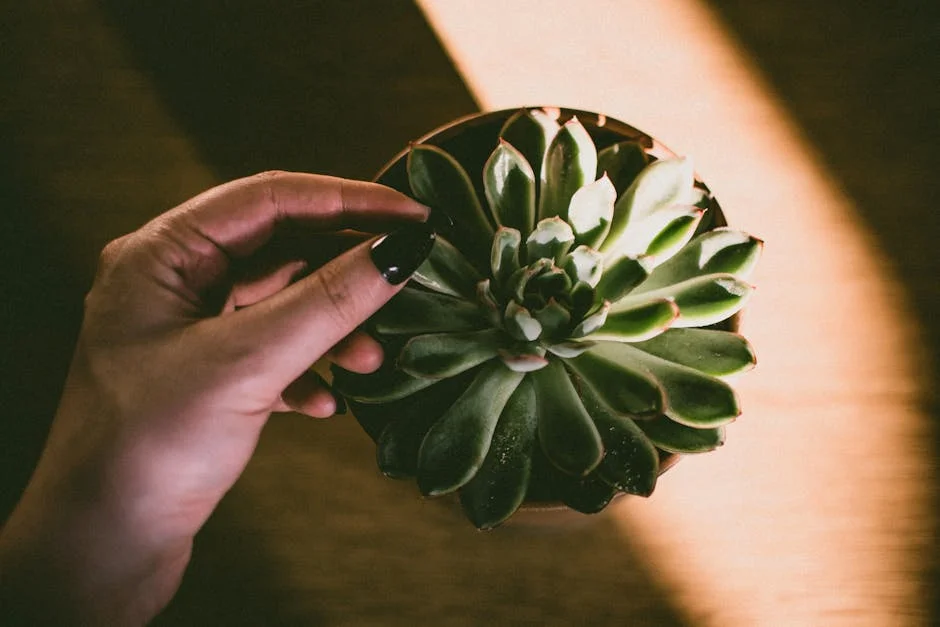
You should turn your succulents every few days or up to once a week. This helps all sides of the plant get equal sunlight, preventing uneven growth.
If you don’t rotate your plant, it may lean toward the light and grow lopsided. By rotating, you encourage balanced, healthier development.
Be gentle when turning your succulents, as some can be sensitive. Even light exposure keeps your plants looking fuller and more attractive over time.
Remove dead or yellowing leaves to keep plants healthy
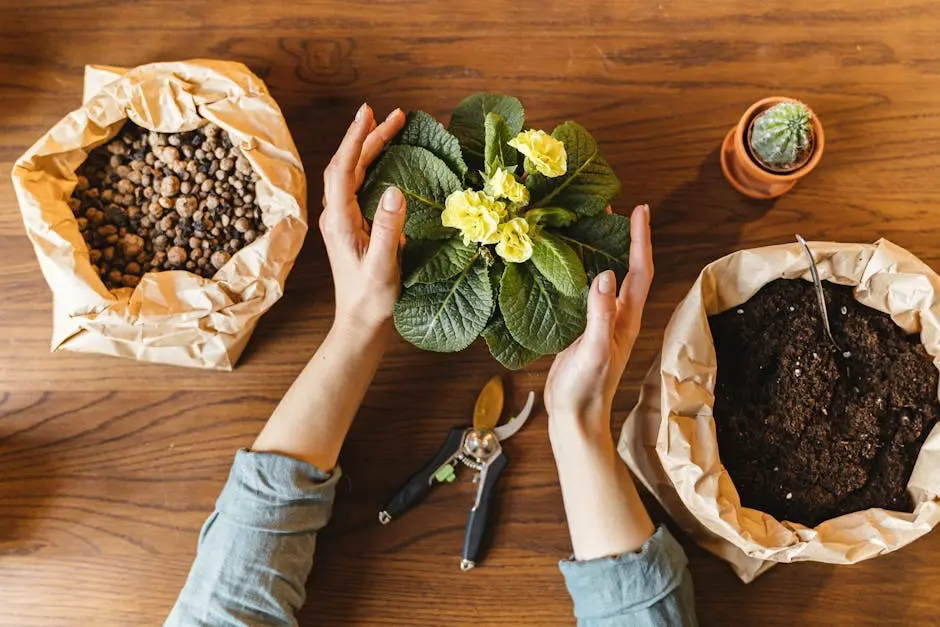
You should regularly remove dead or yellowing leaves from your succulents. These leaves no longer contribute to the plant’s health and can attract pests or disease.
Cutting off damaged leaves helps your succulent focus energy on new growth. It also keeps your plant looking tidy and vibrant.
Use clean, sharp scissors or pruning shears to trim leaves carefully. Remove only those that are more than half damaged to avoid stressing the plant.
Keep succulents in temperatures between 60-80°F (15-27°C)
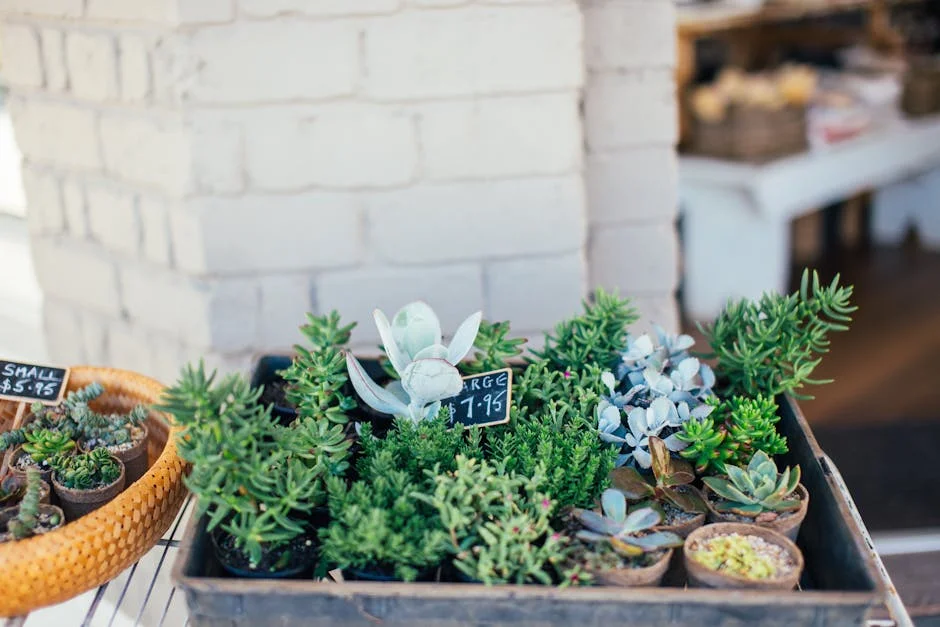
You should keep your succulents in a temperature range between 60 and 80 degrees Fahrenheit. This range helps them grow well without stress.
If temperatures drop below 40°F (4°C), it’s best to bring your plants indoors. Succulents don’t handle freezing conditions and could get damaged.
Avoid placing your succulents in spots with extreme heat or cold. They thrive best in stable, moderate temperatures. This will keep your plants happy and healthy.
Protect from frost and extreme heat, especially outdoors
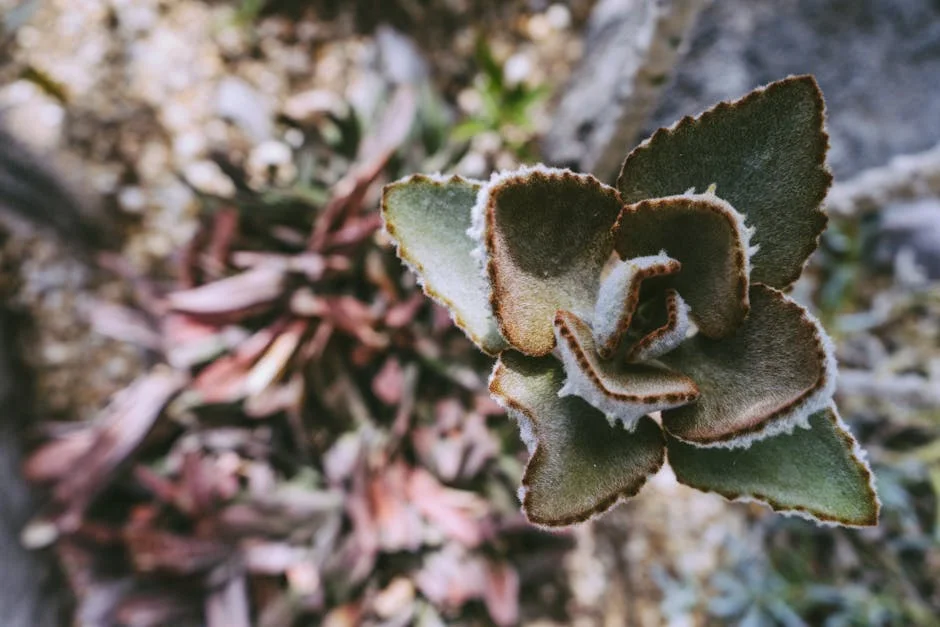
You’ll want to shield your succulents from frost because freezing temperatures can damage their cells, turning leaves mushy. Before frost hits, water the soil lightly to keep it moist—this helps protect roots from freezing.
In extreme heat, give your succulents some shade during the hottest parts of the day. Direct sun can cause sunburn and stress your plants.
Choosing frost-hardy varieties if you live in colder climates can also make a big difference. And remember, good drainage prevents root rot whether it’s cold or hot outside.

